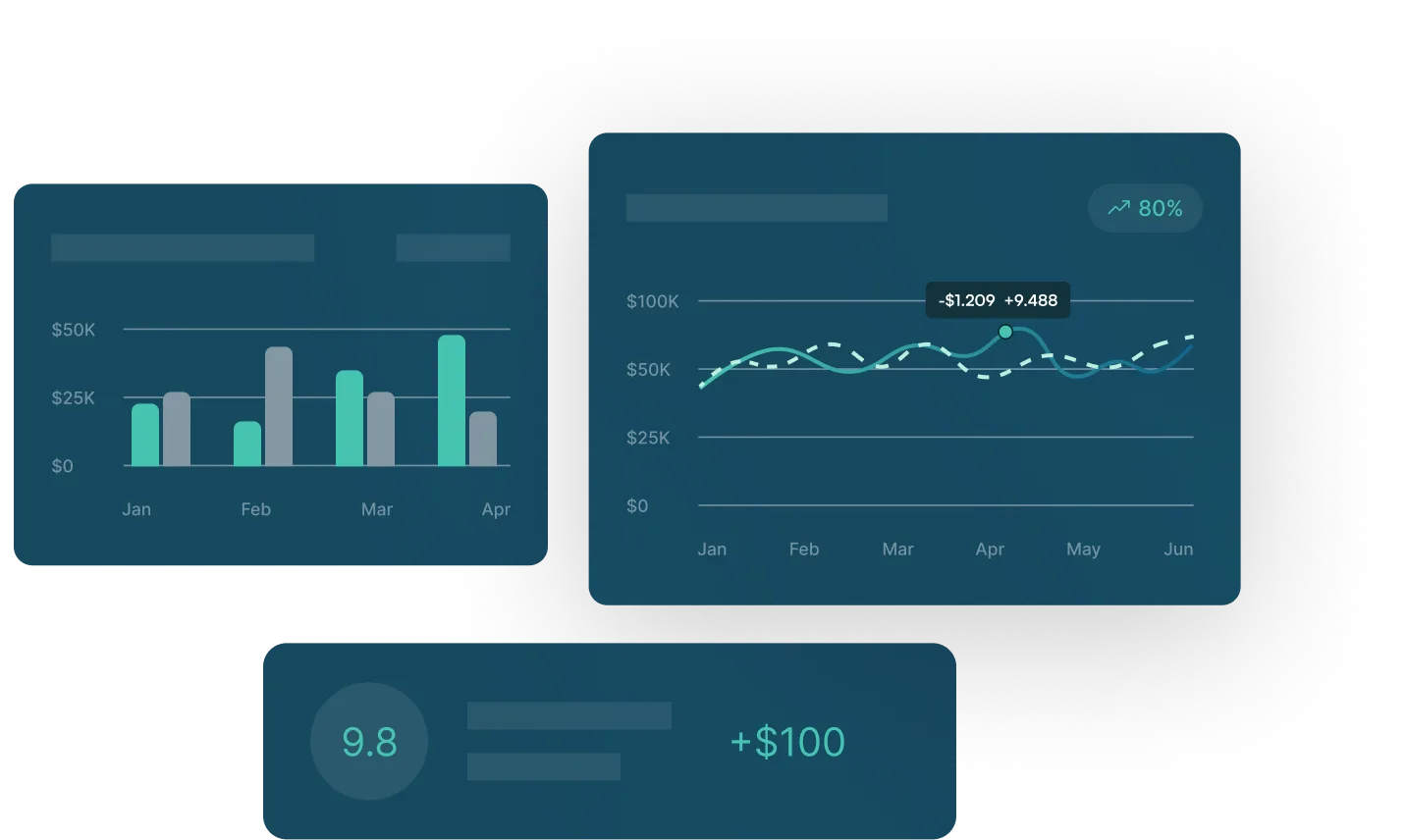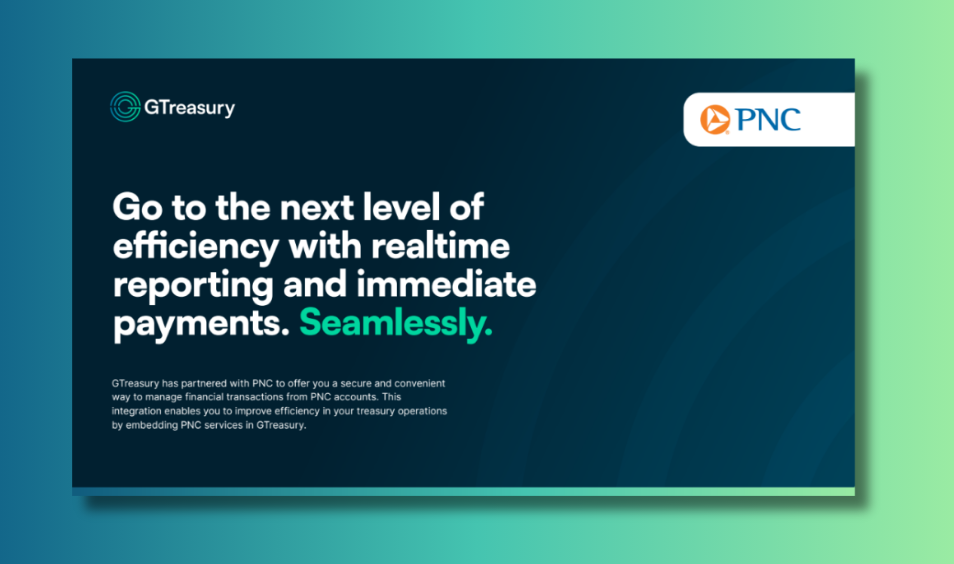Cash Flow Forecasting: A Comprehensive Guide


Making informed decisions is the key to success in finance. Strategic planning and decision-making are vital for ensuring scalability and sustainability. However, a lack of visibility into the future often hinders these decisions, impeding progress. To overcome this challenge, cash flow forecasting plays a pivotal role. In this article, we will delve into the intricacies of cash flow forecasting, emphasizing its importance and benefits for businesses.
What is Cash Flow Forecasting?
Cash flow forecasting is a financial projection process that estimates a business’s financial position over a specific period. It involves assessing future cash inflows and outflows to gain insights into expected financial health.
Accurate cash forecasting empowers businesses to predict their financial future, identifying potential surpluses and shortages, which is instrumental in making well-informed strategic decisions. Typically, finance and treasury teams are responsible for gathering data from various stakeholders and financial systems to analyze to determine future cash positions. When you implement a treasury and risk management system, these data-related tasks can be easily automated.
The Importance of Cash Flow Forecasting
Cash flow forecasting is vital for businesses for several reasons, including:
- Strategic Decision-Making: Cash forecasting provides an accurate view of a company’s financial future, guiding decisions regarding investments and resource allocation.
- Risk Mitigation: Forecasting helps identify potential cash shortages, allowing proactive measures to prevent financial crises, such as cost-cutting, additional financing, or increased sales efforts.
What are the Objectives of Cash Flow Forecasting?
The objectives of cash flow forecasting may vary from one business to another, but several common goals are relevant to all treasury teams:
- Liquidity Planning and Risk Management: Ensuring sufficient cash to meet short-term obligations to creditors and suppliers
- Reporting Requirements: Meeting periodic reporting deadlines by providing accurate cash position projections
- Strategy Development: Understanding cash flow sources and allocating resources based on project-specific performance
- “What If” Scenario Preparation: Preparing for different cash flow scenarios, including best-case, worst-case, and most-likely scenarios
- Shareholder Value: Providing insights into a company’s financial future to attract and retain shareholders
- Attracting Additional Financing: Demonstrating future cash flows to secure new investors or creditors
What are the Components of a Cash Flow Forecast?
A comprehensive cash flow forecast should include:
- Opening Balances: The starting cash balance, reflecting the current financial position
- Cash Inflows: All cash receipts, including sales, tax refunds, grants, investments, and other sources
- Cash Outflows: All projected expenses, including salaries, rent, raw materials, marketing, taxes, loans, and other outflows
Cash Flow Forecasting Periods
The cash forecasting period can vary based on business needs:
- Short-Term Cash Flow Forecasting (30 days): Provides daily insights into cash receipts and payments
- Medium-Term Cash Flow Forecasting (1 month to 6 months): Offers a more comprehensive view of average cash positions
- Long-Term Cash Flow Forecasting (exceeding 1 year): Covers long-term expected cash inflows and outflows, with a focus on stability
What are the Methods of Cash Flow Forecasting?
The two primary methods of cash flow forecasting are:
- Direct Cash Flow Forecasting: Compares cash inflows and outflows for a short-term period, offering an accurate picture of working capital
- Indirect Cash Flow Forecasting: Focuses on long-term forecasting based on income statements and balance sheets, aiding strategic planning and external funding decisions
Larger organizations subject long-term cash flow forecasts to sensitivity analysis, considering factors like currency risks, interest rates, market trends, and economic conditions to prepare for various scenarios.
What are Common Challenges of Cash Flow Forecasting?
Cash flow forecasting presents several challenges:
- Manual Work and Lack of Automation: Reliance on spreadsheets for financial forecasting can lead to errors, particularly as businesses grow. Automation and centralized systems, like a treasury and risk management system, are essential to streamline the process.
- Accurate Long-Term Projections: Historical data and external influences can make long-term projections challenging, but specialized cash flow forecasting solutions can help address these issues.
What are the Benefits of Cash Flow Forecasting?
Cash flow forecasting offers numerous advantages, including:
- Strategic Planning: Guiding strategic decisions based on cash position scenarios.
- Risk Mitigation: Taking proactive measures during financially challenging times.
- Working Capital Analysis: Improving management of assets and liabilities.
- Cost Optimization: Identifying opportunities to re-evaluate and reallocate investments.
Ultimately, cash positioning and forecasting is essential to protect the future of your business. Consider utilizing cash flow forecasting tools to automate routine tasks, centralize data from various systems, and enhance the accuracy of forecasts, based on your organization’s complexity and size. A treasury and risk management platform can support these initiatives, increasing the efficiency and accuracy of your treasury and cash management.
Cash Flow Forecasting: A Comprehensive Guide
Making informed decisions is the key to success in finance. Strategic planning and decision-making are vital for ensuring scalability and sustainability. However, a lack of visibility into the future often hinders these decisions, impeding progress. To overcome this challenge, cash flow forecasting plays a pivotal role. In this article, we will delve into the intricacies of cash flow forecasting, emphasizing its importance and benefits for businesses.
What is Cash Flow Forecasting?
Cash flow forecasting is a financial projection process that estimates a business’s financial position over a specific period. It involves assessing future cash inflows and outflows to gain insights into expected financial health.
Accurate cash forecasting empowers businesses to predict their financial future, identifying potential surpluses and shortages, which is instrumental in making well-informed strategic decisions. Typically, finance and treasury teams are responsible for gathering data from various stakeholders and financial systems to analyze to determine future cash positions. When you implement a treasury and risk management system, these data-related tasks can be easily automated.
The Importance of Cash Flow Forecasting
Cash flow forecasting is vital for businesses for several reasons, including:
- Strategic Decision-Making: Cash forecasting provides an accurate view of a company’s financial future, guiding decisions regarding investments and resource allocation.
- Risk Mitigation: Forecasting helps identify potential cash shortages, allowing proactive measures to prevent financial crises, such as cost-cutting, additional financing, or increased sales efforts.
What are the Objectives of Cash Flow Forecasting?
The objectives of cash flow forecasting may vary from one business to another, but several common goals are relevant to all treasury teams:
- Liquidity Planning and Risk Management: Ensuring sufficient cash to meet short-term obligations to creditors and suppliers
- Reporting Requirements: Meeting periodic reporting deadlines by providing accurate cash position projections
- Strategy Development: Understanding cash flow sources and allocating resources based on project-specific performance
- “What If” Scenario Preparation: Preparing for different cash flow scenarios, including best-case, worst-case, and most-likely scenarios
- Shareholder Value: Providing insights into a company’s financial future to attract and retain shareholders
- Attracting Additional Financing: Demonstrating future cash flows to secure new investors or creditors
What are the Components of a Cash Flow Forecast?
A comprehensive cash flow forecast should include:
- Opening Balances: The starting cash balance, reflecting the current financial position
- Cash Inflows: All cash receipts, including sales, tax refunds, grants, investments, and other sources
- Cash Outflows: All projected expenses, including salaries, rent, raw materials, marketing, taxes, loans, and other outflows
Cash Flow Forecasting Periods
The cash forecasting period can vary based on business needs:
- Short-Term Cash Flow Forecasting (30 days): Provides daily insights into cash receipts and payments
- Medium-Term Cash Flow Forecasting (1 month to 6 months): Offers a more comprehensive view of average cash positions
- Long-Term Cash Flow Forecasting (exceeding 1 year): Covers long-term expected cash inflows and outflows, with a focus on stability
What are the Methods of Cash Flow Forecasting?
The two primary methods of cash flow forecasting are:
- Direct Cash Flow Forecasting: Compares cash inflows and outflows for a short-term period, offering an accurate picture of working capital
- Indirect Cash Flow Forecasting: Focuses on long-term forecasting based on income statements and balance sheets, aiding strategic planning and external funding decisions
Larger organizations subject long-term cash flow forecasts to sensitivity analysis, considering factors like currency risks, interest rates, market trends, and economic conditions to prepare for various scenarios.
What are Common Challenges of Cash Flow Forecasting?
Cash flow forecasting presents several challenges:
- Manual Work and Lack of Automation: Reliance on spreadsheets for financial forecasting can lead to errors, particularly as businesses grow. Automation and centralized systems, like a treasury and risk management system, are essential to streamline the process.
- Accurate Long-Term Projections: Historical data and external influences can make long-term projections challenging, but specialized cash flow forecasting solutions can help address these issues.
What are the Benefits of Cash Flow Forecasting?
Cash flow forecasting offers numerous advantages, including:
- Strategic Planning: Guiding strategic decisions based on cash position scenarios.
- Risk Mitigation: Taking proactive measures during financially challenging times.
- Working Capital Analysis: Improving management of assets and liabilities.
- Cost Optimization: Identifying opportunities to re-evaluate and reallocate investments.
Ultimately, cash positioning and forecasting is essential to protect the future of your business. Consider utilizing cash flow forecasting tools to automate routine tasks, centralize data from various systems, and enhance the accuracy of forecasts, based on your organization’s complexity and size. A treasury and risk management platform can support these initiatives, increasing the efficiency and accuracy of your treasury and cash management.

See GTreasury in Action
Get connected with supportive experts, comprehensive solutions, and untapped possibility today.































.jpg)
.png)


























.png)




.jpeg)

.jpeg)










.jpeg)


.jpeg)







.jpeg)


.jpeg)









.jpeg)
















.jpg)




